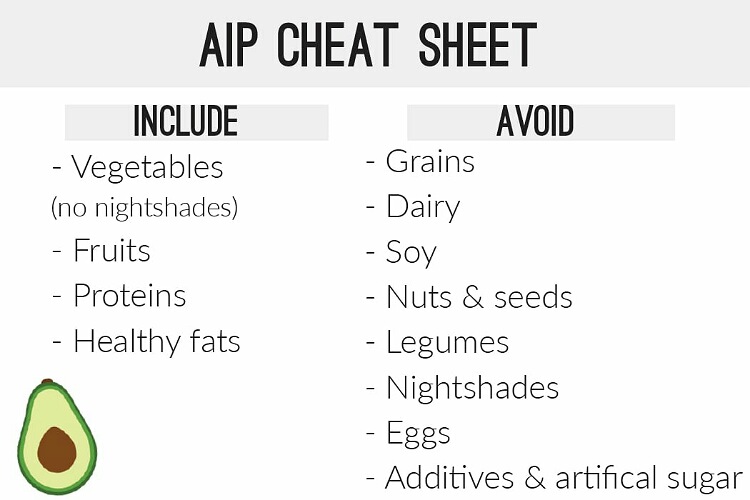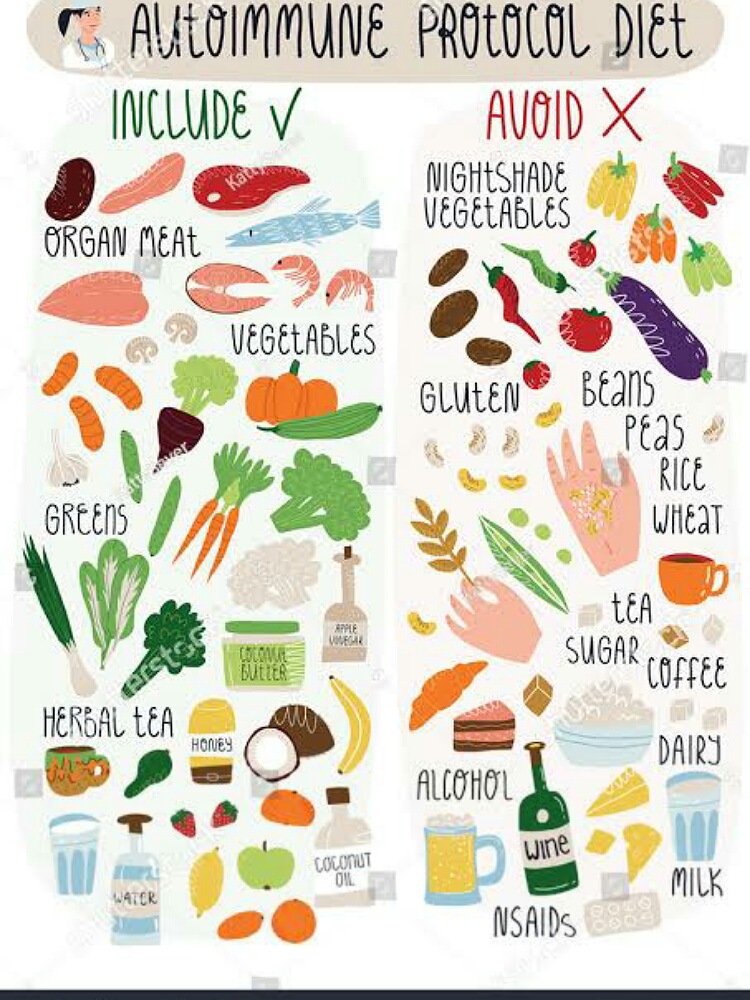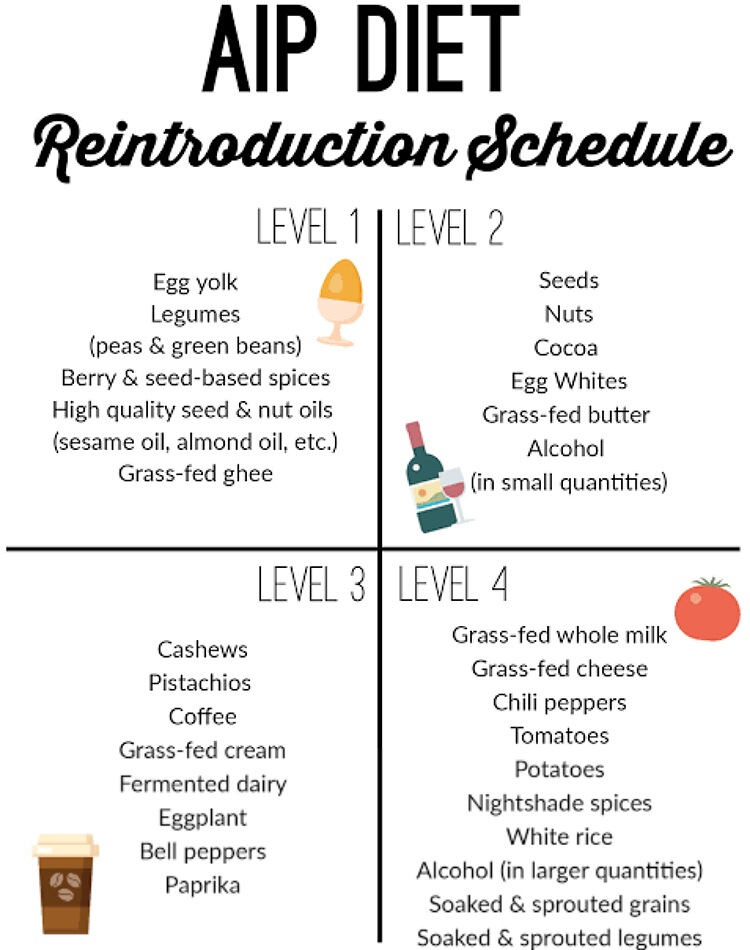AIP diet or autoimmune protocol diet is for people suffering from autoimmune diseases such as psoriasis, rheumatoid arthritis or systemic lupus erythematous. It is combination of paleo diet with eliminating provoking foods. Read on to have a detailed understanding on this specific diet.
AIP diet or Autoimmune protocol diet
AIP diet stands for Autoimmune Protocol diet. It is also called Autoimmune Paleo diet. This diet is specifically designed for people who are suffering from autoimmune disorders such as rheumatoid arthritis, systemic lupus erythematous or psoriasis.

This diet is a hybrid diet. It includes the Paleo diet from which the dieter eliminates those particular foods that trigger symptoms in him or her. There are claims that this diet reduces inflammation and eases the symptoms in the patient.
Components of this diet
In this diet, emphasis is on foods that reduce inflammation. These include fresh fruits and vegetables and fermented foods such as kefir, yoghurt, kombucha etc. The patient can have organ meats like liver and lean meats such as bone broth, grass-fed beef, and seafoods. One can have oils such as coconut, olive, and avocado oils.
The dieter should not consume alcohol, use tobacco products and avoid added sugar in foods, caffeine, food additives and certain drugs.

The dieter eliminates the triggering foods such as nightshade vegetables, grains, nuts and seeds, eggs, milk and dairy products from the daily diet. This remains a condition for around 1 to 3 months. In some cases, even fruits are omitted.
After the gap, gradually one by one the dieter reintroduces the omitted foods and observes for reappearing symptoms and signs of disease or flare ups. If symptoms reappear, that food is not right for body. If symptoms do not reappear, one can continue consuming that food.
Along with this, attention is given to proper sleep, exercise, and avoidance of stress.
Cons of the diet
The good point is that one does not need to count calories or carbs in it. It is beneficial for some patients.
But it is a difficult diet to follow. Because there is a lot of elimination foods in this diet. Hence, eating out is not possible when on this diet. The diet lacks scientific backing. Nutritional deficiencies might result and it can be unsafe for many people.

There is no assurance of weight loss with this diet. Camila Martin, dietitian at UW Health, in Madison, Wisconsin says:
“If we’re not eating cakes or cookies or highly processed grains, then it could result in some weight loss. But if we’re replacing our nuts and seeds – which can fill us up and sustain our energy levels so that we have enough energy to go exercise – that’s where we might actually see the opposite, and we might gain weight.”
The diet is about eliminating the likely triggers of inflammation in these patients. These might vary from person to person. Hence initially all likely triggers are avoided. Later reintroduction helps the dieter pinpoint those foods that increase inflammation in him or her.
